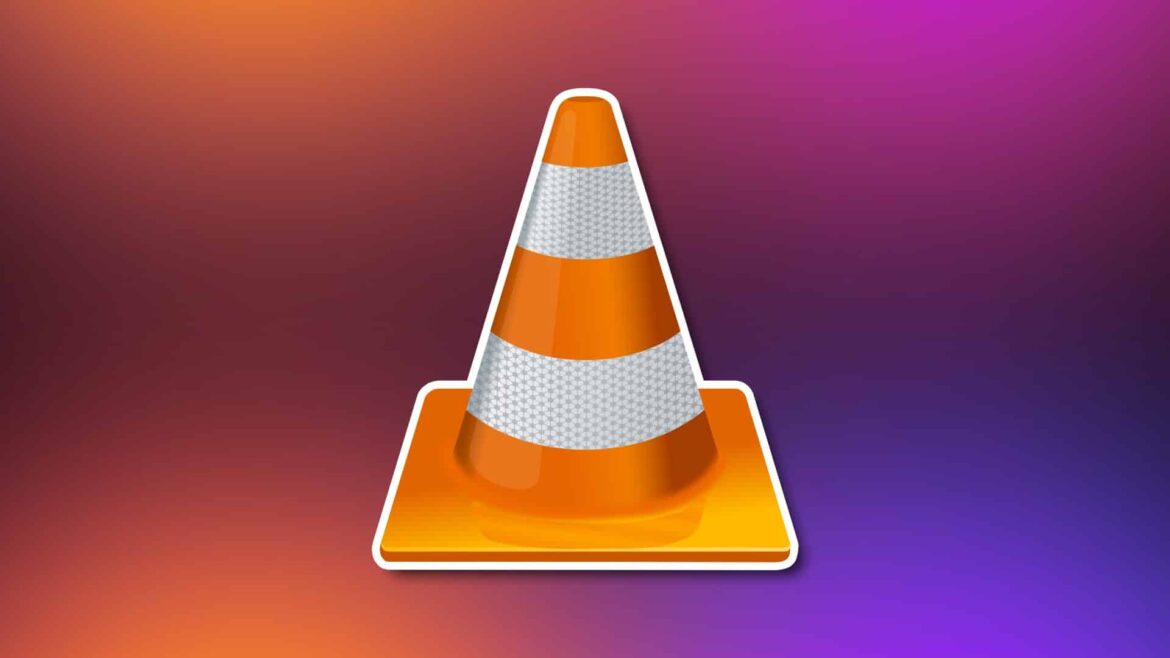1.5K
With VLC Media Player, you can easily record videos and music and save them on your computer as private backup copies.
How to record with VLC Media Player
VLC Media Player is not only a versatile player, but can also easily record videos and audio from connected devices.
- Start VLC Media Player and click on “Media” in the menu, then on “Open Capture Device.” Here you can specify whether you want to record from a webcam, TV tuner, or other input device.
- Select the desired video or audio source from the list. Make sure that the device is connected correctly and recognized by VLC to ensure error-free recording.
- Before starting the recording, you should check the audio and video settings. Here you can also specify whether you want to record only sound, only video, or both.
- Click “Play” to start recording. VLC will now record the selected media. Click “Stop” to end the recording, which will be automatically saved as a file.
Save and manage recording files
After recording, the question arises as to how best to save, organize, and reuse the files you have created.
- Set storage location: Under “Media ☻ Convert/Save,” you can select the destination folder for your recording. This makes it easier to find the files later.
- Select file format: VLC supports various formats such as MP4, AVI, and MKV. Select the format according to your needs and the desired compatibility.
- File naming: Give your recording a meaningful name so that you can find it again quickly later. Avoid special characters to prevent problems when saving.
- Manage files: After recording, you can play, convert, or edit the files directly in VLC. This makes VLC a flexible tool for easy recording without additional software.
Record online streams and optimize quality
VLC can record more than just local media—online streams can also be recorded.
- VLC can also record videos from streaming services and websites. To do this, go to “Media ☻ Open Network Stream” and paste the URL of the stream. VLC will load the stream and allow you to record it using the recording function.
- Under “Tools ☻ Preferences ☻ Input/Codecs,” you can adjust the video and audio quality of your recording. Higher bit rates ensure better quality but require more storage space.
- VLC supports numerous video and audio codecs such as H.264, MPEG-4, and MP3. Select the codec that is appropriate for your device or application to optimize compatibility and quality.
- Live streams may experience delays, causing the recording to lag slightly. Also, keep in mind that some streaming services use DRM-protected content that cannot be legally recorded.

